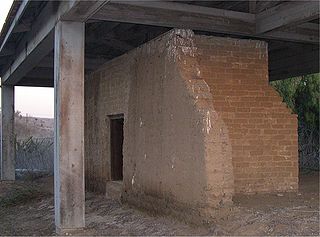 W
WFrancisco María Alvarado was an early settler of San Diego, California.
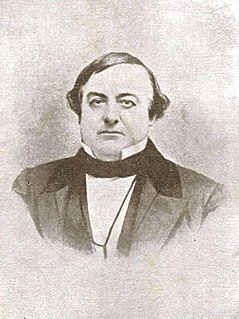 W
WJuan Bautista Valentín Alvarado y Vallejo was a Californio and Governor of Las Californias from 1837 to 1842. In 1836, he led a coup that seized Monterey and declared himself governor, backed by other northern Californios, with help from Capt. Isaac Graham and his "Tennessee Rifles". Alvarado declared independence for California but, after negotiations with the territorial Diputación (Legislature), was persuaded to rejoin Mexico peacefully in exchange for more local autonomy. As part of the agreement, in 1837 he was appointed governor of Las Californias, and served until 1842.
 W
WJosé María de Jesus Alviso was an early settler of the Silicon Valley in California, alcalde of San José, and grantee of Rancho Milpitas. Alviso's house, the Jose Maria Alviso Adobe, is listed on National Register of Historic Places.
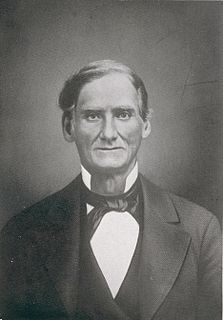 W
WJuan Bandini was an early settler of what would become San Diego, California.
 W
WCaptain José Antonio Ezequiel Carrillo (1796–1862) was a Californio rancher, officer, and politician in the early years of Mexican Alta California and U.S. California.
 W
WJosé Antonio Castro was a Californio politician, statesman, and military leader who served as acting governor of Alta California in 1835, and military commander under governor Juan Bautista Alvarado after November, 1836. He was also Commandante General in northern California during the Bear Flag Revolt.
 W
WJoseph John "Jose Juan" Chapman (1784–1849) was an American merchant sailor, then a crew member under the privateer Hippolyte Bouchard, then one of the earliest English-speaking settlers and builders of Mexican Alta California. Chapman was one of the first known American-born permanent residents of Alta California. The scanty and inconsistent historical record makes it difficult to be sure of many details of Chapman's life, but he was a valued member of several early southern California settlements, and interacted with a number of historical characters.
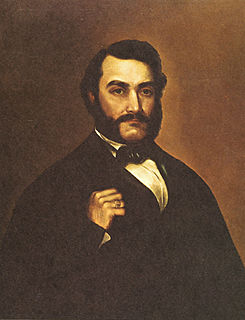 W
WWilliam Heath "Kanaka" Davis, Jr. was a merchant and trader in Alta California who helped to establish "New Town" in San Diego, California.
 W
WFrancisco de Haro was the first Alcalde (mayor) of Yerba Buena in Mexican Alta California.
 W
WManuel Dominguez (1803–1882) was an early California ranchero holder and politician. His public career included Alcalde (Mayor) of the Pueblo de Los Ángeles and Third Prefect of the Southern District of Alta California. He was a signer of the first California Constitution. As grand nephew of the childless Juan Jose Dominguez (c.1736-1809), original holder of the vast Rancho San Pedro land grant in the Los Angeles Basin, Manuel inherited the Rancho and solidified his legal claim to it throughout the government transitions from Spanish colonialism to Mexican government to United States statehood. The adobe home he constructed on the rancho is now a California historic landmark.
 W
WJosé Antonio Estudillo was a Californio and an early settler of San Diego, California when California was part of New Spain.
 W
WJosé María Estudillo, was an early settler of San Diego, California and was a governing official during San Diego's Mexican period.
 W
WBelow is a list of the Governors of early California (1769–1850), before its admission as the 31st U.S. state. First explored by Gaspar de Portolá, with colonies established at San Diego and Monterey, California was a remote, sparsely-settled Spanish province of New Spain. In 1822, following Mexican independence, California became part of Mexico.
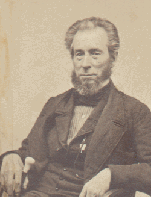 W
WWilliam Brown Ide was a California pioneer who headed the short-lived California Republic in 1846.
 W
WMiguel Pedrorena, Sr. or Miguel de Pedrorena, Sr. was an early settler of San Diego, California.
 W
WAndrés Pico was a Californio who became a successful rancher, fought in the contested Battle of San Pascual during the Mexican–American War, and negotiated promises of post-war protections for Californios in the 1847 Treaty of Cahuenga. After California became one of the United States, Pico was elected to the state Assembly and Senate. He was appointed as the commanding brigadier general of the state militia during the U.S. Civil War.
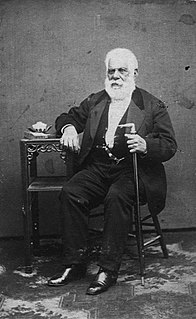 W
WPío de Jesús Pico was a Californio rancher and politician, the last governor of Alta California under Mexican rule. He served from 1845 to 1846. He was also elected to one term (1853) on the Los Angeles Common Council.
 W
WManuel Requena (1802–1876) was president of the Los Angeles Common Council in the early 1850s. He served the city in both the Mexican and American periods.
 W
WFrancisco María Ruiz (1754–1839) was an early settler of San Diego, California
 W
WFrancisco Maria Sanchez was Commandante of the San Francisco Presidio and the eighth alcalde of San Francisco, California in 1843, and grantee of the 8,926-acre (36.12 km2) Rancho San Pedro.
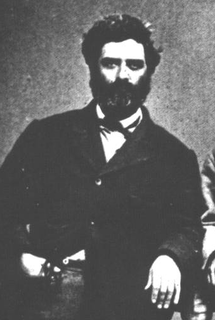 W
WTomas Avila Sanchez (1826–1882), soldier, sheriff and public official, was on the Los Angeles County, California, Board of Supervisors and was a member of the Los Angeles Common Council, the legislative branch of the city.
 W
WJosefa Segovia, also known as Juanita or Josefa Loaiza, was a Mexican-American woman who was executed by hanging in Downieville, California on July 5, 1851. She was found guilty of murdering a local miner, Frederick Cannon. She is known to be the first and only woman to be hanged in California.
 W
WDon Mariano Guadalupe Vallejo was a Californio general, statesman, and public figure. He was born a subject of Spain, performed his military duties as an officer of the Republic of Mexico, and shaped the transition of Alta California from a territory of Mexico to the U.S. state of California. He served in the first session of the California State Senate. The city of Vallejo, California is named after him, and the nearby city of Benicia is named after his wife.
 W
WTiburcio Vasquez was a Californio bandido who was active in California from 1854 to 1874. The Vasquez Rocks, 40 miles (64 km) north of Los Angeles, were one of his many hideouts and are named after him.